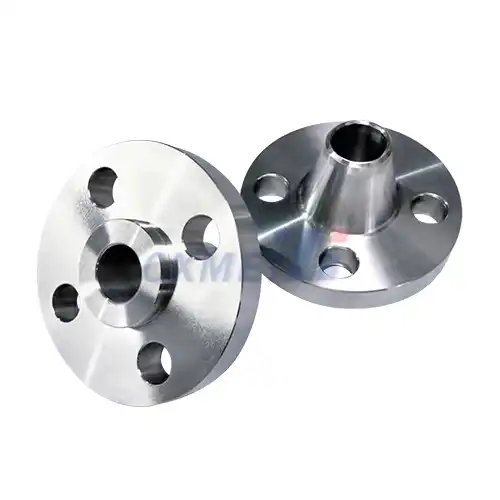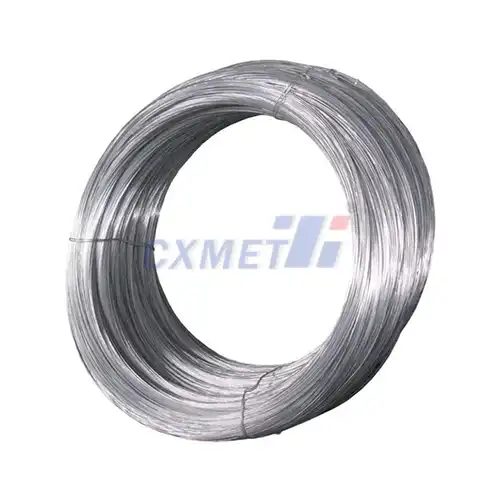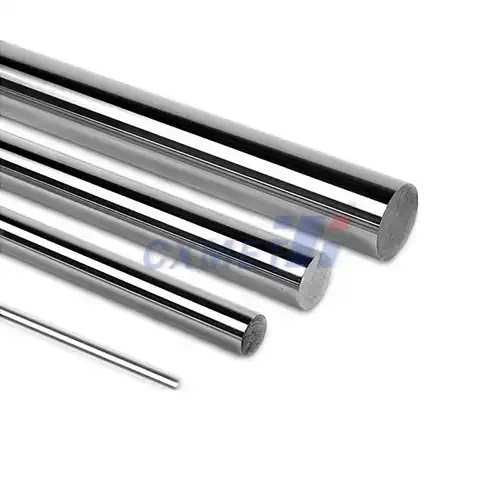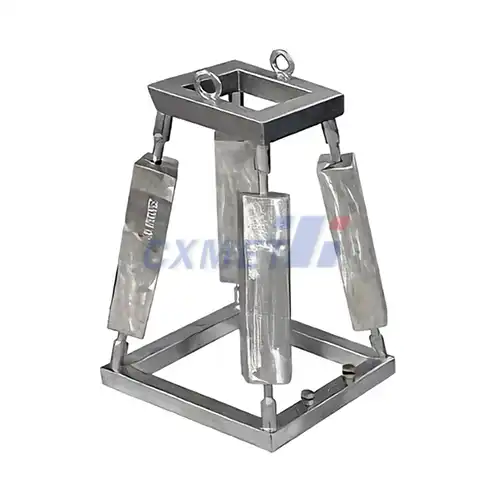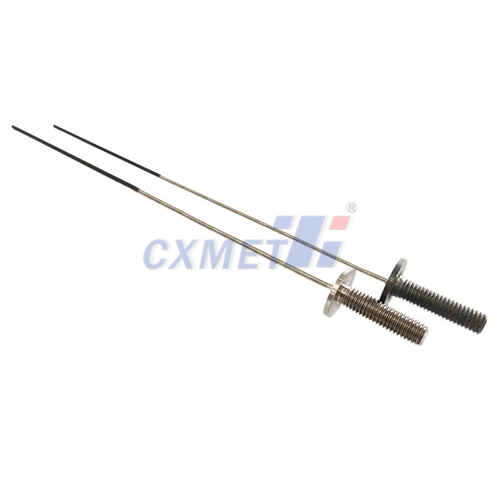- English
- French
- German
- Portuguese
- Spanish
- Russian
- Japanese
- Korean
- Arabic
- Greek
- German
- Turkish
- Italian
- Danish
- Romanian
- Indonesian
- Czech
- Afrikaans
- Swedish
- Polish
- Basque
- Catalan
- Esperanto
- Hindi
- Lao
- Albanian
- Amharic
- Armenian
- Azerbaijani
- Belarusian
- Bengali
- Bosnian
- Bulgarian
- Cebuano
- Chichewa
- Corsican
- Croatian
- Dutch
- Estonian
- Filipino
- Finnish
- Frisian
- Galician
- Georgian
- Gujarati
- Haitian
- Hausa
- Hawaiian
- Hebrew
- Hmong
- Hungarian
- Icelandic
- Igbo
- Javanese
- Kannada
- Kazakh
- Khmer
- Kurdish
- Kyrgyz
- Latin
- Latvian
- Lithuanian
- Luxembou..
- Macedonian
- Malagasy
- Malay
- Malayalam
- Maltese
- Maori
- Marathi
- Mongolian
- Burmese
- Nepali
- Norwegian
- Pashto
- Persian
- Punjabi
- Serbian
- Sesotho
- Sinhala
- Slovak
- Slovenian
- Somali
- Samoan
- Scots Gaelic
- Shona
- Sindhi
- Sundanese
- Swahili
- Tajik
- Tamil
- Telugu
- Thai
- Ukrainian
- Urdu
- Uzbek
- Vietnamese
- Welsh
- Xhosa
- Yiddish
- Yoruba
- Zulu
What are the Mechanical Properties of Titanium 6Al-4V Grade 5 Round Bar?
2024-08-16 11:34:19
Titanium 6Al-4V Grade 5 Round Bar is a high-strength titanium alloy that has gained significant popularity in various industries due to its exceptional mechanical properties. This alpha-beta titanium alloy contains 6% aluminum and 4% vanadium, which contribute to its remarkable strength-to-weight ratio and excellent corrosion resistance. As a versatile material, Ti-6Al-4V Grade 5 round bars are widely used in aerospace, automotive, medical, and marine applications. In this blog post, we'll explore the mechanical properties of this alloy and discuss its various applications and characteristics.
How does heat treatment affect the properties of Ti-6Al-4V Grade 5?
Heat treatment plays a crucial role in determining the final mechanical properties of Ti-6Al-4V Grade 5 round bars. The alloy's microstructure and, consequently, its mechanical properties can be significantly altered through various heat treatment processes. Let's delve into the effects of different heat treatments on this titanium alloy:
1. Annealing:
Annealing is a heat treatment process that involves heating the material to a specific temperature and then cooling it slowly. For Ti-6Al-4V Grade 5, annealing is typically performed at temperatures between 700°C and 785°C (1292°F to 1445°F) for 1-4 hours, followed by slow cooling. This process results in:
- Improved ductility and fracture toughness
- Reduced residual stresses
- Enhanced machinability
- Slightly lower strength compared to other heat-treated conditions
2. Solution Treatment and Aging (STA):
STA is a two-step heat treatment process that significantly enhances the mechanical properties of Ti-6Al-4V Grade 5. The process involves:
- Solution treatment: Heating the alloy to about 955°C (1750°F) for 1 hour, followed by water quenching.
- Aging: Heating the quenched material to 480-595°C (896-1103°F) for 4-8 hours, followed by air cooling.
The STA process results in:
- Increased tensile and yield strength
- Improved fatigue resistance
- Higher hardness
- Slightly reduced ductility compared to the annealed condition
3. Beta Annealing:
Beta annealing involves heating the alloy above its beta transus temperature (around 995°C or 1823°F) for a short time, followed by controlled cooling. This process leads to:
- Improved fracture toughness
- Enhanced fatigue crack growth resistance
- Increased ductility
- Slightly lower strength compared to STA condition
4. Stress Relieving:
Stress relieving is a low-temperature heat treatment process performed at about 480-650°C (896-1202°F) for 1-4 hours, followed by air cooling. This process aims to:
- Reduce residual stresses from manufacturing processes
- Minimize distortion during machining
- Maintain dimensional stability
The choice of heat treatment depends on the specific application requirements and the desired balance of strength, ductility, and fatigue resistance. For instance, aerospace components often undergo STA treatment to achieve high strength and fatigue resistance, while medical implants may be annealed to improve biocompatibility and reduce the risk of stress shielding.
What are the key differences between Grade 5 and Grade 23 titanium alloys?
While both Grade 5 (Ti-6Al-4V) and Grade 23 (Ti-6Al-4V ELI) are similar in composition, there are several key differences that set them apart:
1. Composition:
- Grade 5: Contains 6% aluminum, 4% vanadium, and trace amounts of iron, carbon, and oxygen.
- Grade 23: Has tighter controls on interstitial elements, particularly oxygen, nitrogen, and iron.
2. Oxygen Content:
- Grade 5: Typically contains up to 0.20% oxygen.
- Grade 23: Has a lower oxygen content, usually less than 0.13%.
3. Mechanical Properties:
- Grade 5: Generally offers higher strength but slightly lower ductility.
- Grade 23: Provides improved ductility and fracture toughness, with slightly lower strength.
4. Fatigue Resistance:
- Grade 5: Exhibits good fatigue resistance.
- Grade 23: Offers superior fatigue resistance, especially in aggressive environments.
5. Biocompatibility:
- Grade 5: Widely used in medical implants but may cause concerns in long-term applications.
- Grade 23: Preferred for long-term medical implants due to its higher purity and improved biocompatibility.
6. Cryogenic Performance:
- Grade 5: Suitable for low-temperature applications.
- Grade 23: Excels in cryogenic applications due to its superior low-temperature ductility and toughness.
7. Cost:
- Grade 5: Generally more cost-effective and widely available.
- Grade 23: Typically more expensive due to tighter composition controls and specialized processing.
8. Applications:
- Grade 5: Widely used in aerospace, automotive, and general engineering applications.
- Grade 23: Preferred for critical aerospace components, medical implants, and cryogenic applications.
Understanding these differences is crucial when selecting the appropriate titanium alloy for specific applications. While Grade 5 offers an excellent balance of properties for many uses, Grade 23 provides superior performance in applications requiring enhanced ductility, fracture toughness, and biocompatibility.
Why is Ti-6Al-4V Grade 5 widely used in aerospace applications?
Ti-6Al-4V Grade 5 has become a staple material in the aerospace industry due to its exceptional combination of properties that make it ideal for various aircraft and spacecraft components. Let's explore the reasons behind its widespread use in aerospace applications:
1. High Strength-to-Weight Ratio:
One of the primary reasons for using Ti-6Al-4V Grade 5 in aerospace is its remarkable strength-to-weight ratio. With a density of about 4.43 g/cm³, it is significantly lighter than steel (7.85 g/cm³) while offering comparable or even superior strength. This property allows for the design of lightweight yet strong components, which is crucial for improving fuel efficiency and payload capacity in aircraft and spacecraft.
2. Excellent Corrosion Resistance:
The aerospace environment can be highly corrosive, with exposure to various chemicals, saltwater, and extreme temperatures. Ti-6Al-4V Grade 5 exhibits outstanding corrosion resistance, forming a stable, protective oxide layer on its surface. This natural protection helps maintain the integrity of aerospace components over extended periods, reducing maintenance requirements and enhancing overall safety.
3. High Temperature Performance:
Ti-6Al-4V Grade 5 retains its strength and structural integrity at elevated temperatures, making it suitable for use in jet engine components and other high-temperature applications. It can withstand temperatures up to about 400°C (752°F) without significant loss of mechanical properties, which is crucial for many aerospace applications.
4. Fatigue Resistance:
Aerospace components are subjected to cyclic loading and vibrations throughout their service life. Ti-6Al-4V Grade 5 exhibits excellent fatigue resistance, especially when properly heat-treated. This property ensures the longevity and reliability of critical aircraft and spacecraft parts, reducing the risk of fatigue-related failures.
5. Fracture Toughness:
The alloy's high fracture toughness makes it resistant to crack propagation, which is essential for aerospace applications where safety is paramount. This property allows for the design of damage-tolerant structures that can withstand minor flaws without catastrophic failure.
6. Compatibility with Composite Materials:
Modern aerospace designs often incorporate composite materials. Ti-6Al-4V Grade 5 has a coefficient of thermal expansion that is relatively close to that of many composite materials, reducing thermal stresses at material interfaces. This compatibility makes it an excellent choice for hybrid metal-composite structures.
7. Weldability and Machinability:
Although titanium alloys can be challenging to work with, Ti-6Al-4V Grade 5 offers good weldability and machinability compared to other high-strength materials. This property facilitates the manufacturing of complex aerospace components and allows for easier repairs and modifications.
8. Biocompatibility:
While not directly related to aerospace applications, the biocompatibility of Ti-6Al-4V Grade 5 makes it suitable for use in space suits and life support systems, where materials may come into contact with the human body.
9. Cryogenic Performance:
Ti-6Al-4V Grade 5 maintains its ductility and toughness at very low temperatures, making it suitable for cryogenic applications in spacecraft fuel tanks and other components exposed to extreme cold in space environments.
10. Proven Track Record:
With decades of use in the aerospace industry, Ti-6Al-4V Grade 5 has a well-established performance history and a wealth of data supporting its reliability. This extensive experience provides confidence to engineers and designers when selecting materials for critical aerospace applications.
In conclusion, the mechanical properties of Titanium 6Al-4V Grade 5 Round Bar make it an exceptional material for a wide range of applications, particularly in the aerospace industry. Its unique combination of high strength, low density, excellent corrosion resistance, and good fatigue performance has established it as a go-to material for critical components in aircraft, spacecraft, and related systems. By understanding the effects of heat treatment and the key differences between similar alloys like Grade 23, engineers can optimize the use of Ti-6Al-4V Grade 5 to meet the demanding requirements of modern aerospace applications.
At SHAANXI CXMET TECHNOLOGY CO., LTD, we take pride in our extensive product range, which caters to diverse customer needs. Our company is equipped with outstanding production and processing capabilities, ensuring the high quality and precision of our products. We are committed to innovation and continuously strive to develop new products, keeping us at the forefront of our industry. With leading technological development capabilities, we are able to adapt and evolve in a rapidly changing market. Furthermore, we offer customized solutions to meet the specific requirements of our clients. If you are interested in our products or wish to learn more about the intricate details of our offerings, please do not hesitate to contact us at sales@cxmet.com. Our team is always ready to assist you.
References:
1. ASM International. (2015). ASM Handbook, Volume 2: Properties and Selection: Nonferrous Alloys and Special-Purpose Materials.
2. Boyer, R., Welsch, G., & Collings, E. W. (1994). Materials Properties Handbook: Titanium Alloys. ASM International.
3. Donachie, M. J. (2000). Titanium: A Technical Guide. ASM International.
4. Leyens, C., & Peters, M. (Eds.). (2003). Titanium and Titanium Alloys: Fundamentals and Applications. John Wiley & Sons.
5. Lütjering, G., & Williams, J. C. (2007). Titanium. Springer Science & Business Media.
6. Peters, M., Kumpfert, J., Ward, C. H., & Leyens, C. (2003). Titanium alloys for aerospace applications. Advanced Engineering Materials, 5(6), 419-427.
7. Rack, H. J., & Qazi, J. I. (2006). Titanium alloys for biomedical applications. Materials Science and Engineering: C, 26(8), 1269-1277.
8. Veiga, C., Davim, J. P., & Loureiro, A. J. R. (2012). Properties and applications of titanium alloys: A brief review. Reviews on Advanced Materials Science, 32(2), 133-148.
9. Williams, J. C., & Starke Jr, E. A. (2003). Progress in structural materials for aerospace systems. Acta Materialia, 51(19), 5775-5799.
10. Zeng, L., & Bieler, T. R. (2005). Effects of working, heat treatment, and aging on microstructural evolution and crystallographic texture of α, α′, α″ and β phases in Ti–6Al–4V wire. Materials Science and Engineering: A, 392(1-2), 403-414.
